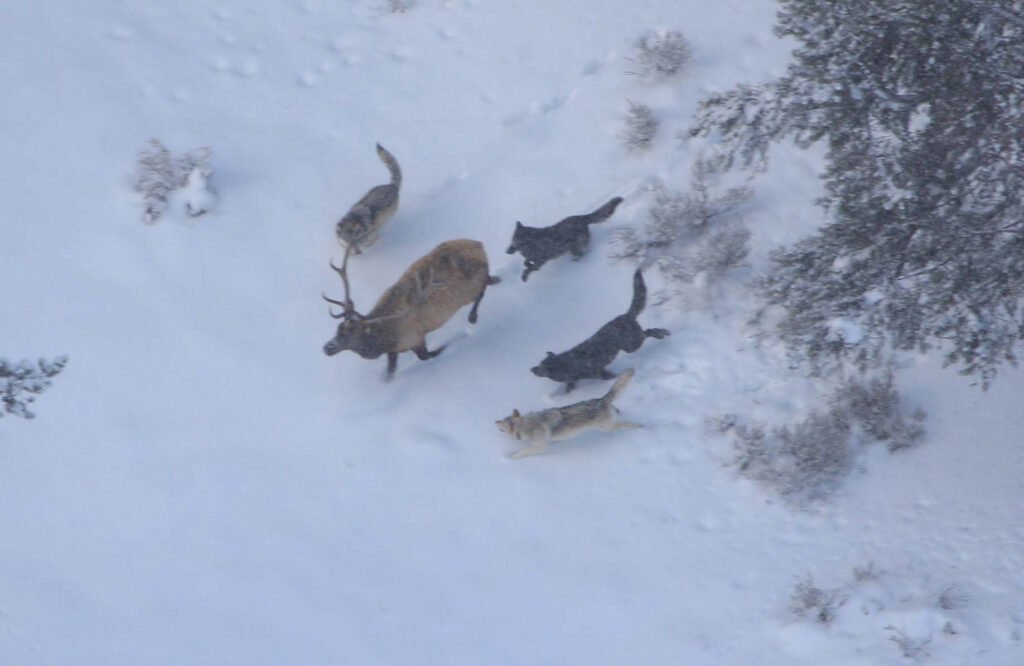You’ve probably heard the phrase “the butterfly effect,” where small changes ripple outward to create massive consequences. Yellowstone National Park offers a remarkable real-world example of this phenomenon, but with wolves, elk, and beavers instead of butterflies.
When scientists reintroduced wolves to Yellowstone in 1995, they had no idea they were about to witness one of the most compelling demonstrations of ecological balance in modern history. The story begins with understanding that every creature, from the smallest songbird to the largest predator, plays a crucial role in the delicate dance of survival. Let’s explore how nature teaches us about harmony in the most unexpected ways.
The Wolf’s Return: When Apex Predators Reclaim Their Throne
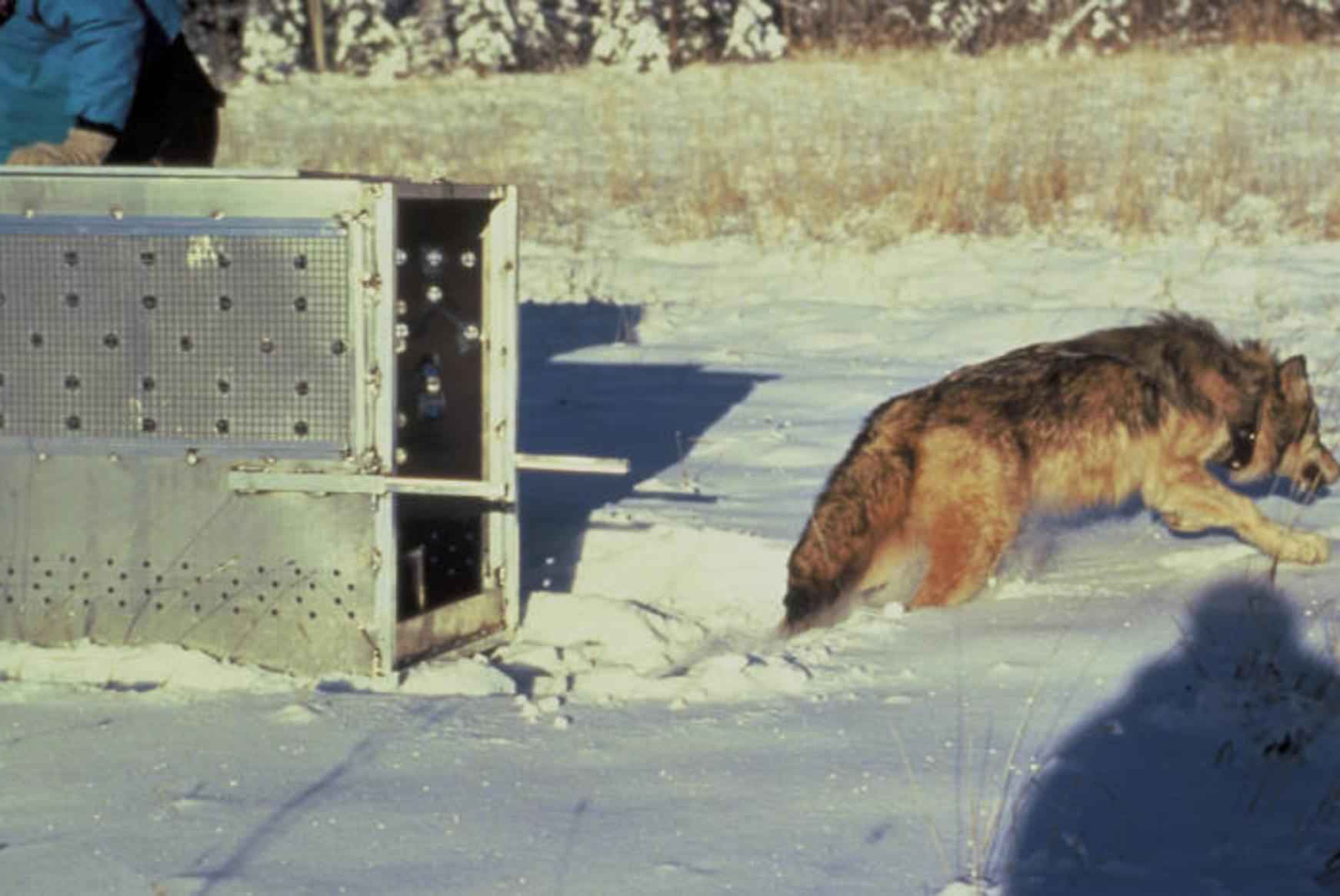
In 1995, through the use of the Endangered Species Act, the conservation community reintroduced the gray wolf to restore balance in Yellowstone after a seventy-year absence. Think of it like putting the conductor back in front of an orchestra that had been playing without direction for decades.
31 wild wolves were reintroduced to the park by scientists. After 100 years of being hunted, wolves could once again call this place home. The results were immediate and far-reaching. The current population of wolves is around 100 adult animals, and it’s been fluctuating around that threshold since 2008.
The Elk Population Explosion: When Nature Goes Unchecked
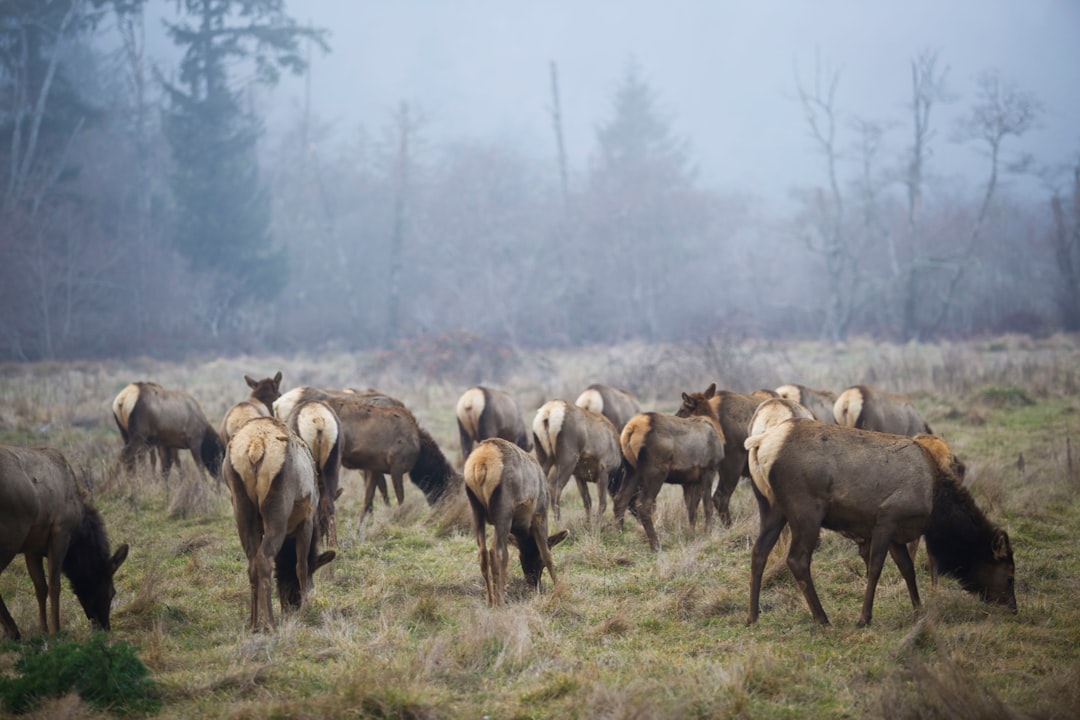
Without wolves as their primary predator, elk populations exploded, resulting in severe overgrazing of willows and aspen. Picture a city without traffic lights where everyone drives wherever they want. Northern range elk counts decreased from highs of more than 15,000 individuals during the early 1990s before wolf reintroduction to approximately 6,100 in 2010.
Even though Yellowstone elk were still preyed upon by black and grizzly bears, cougars and coyotes, the absence of wolves took a huge amount of predatory pressure off the elk. As a result, elk populations did very well – perhaps too well. The unchecked growth led to environmental consequences that would cascade through every level of the ecosystem.
Understanding the Trophic Cascade: Nature’s Domino Effect
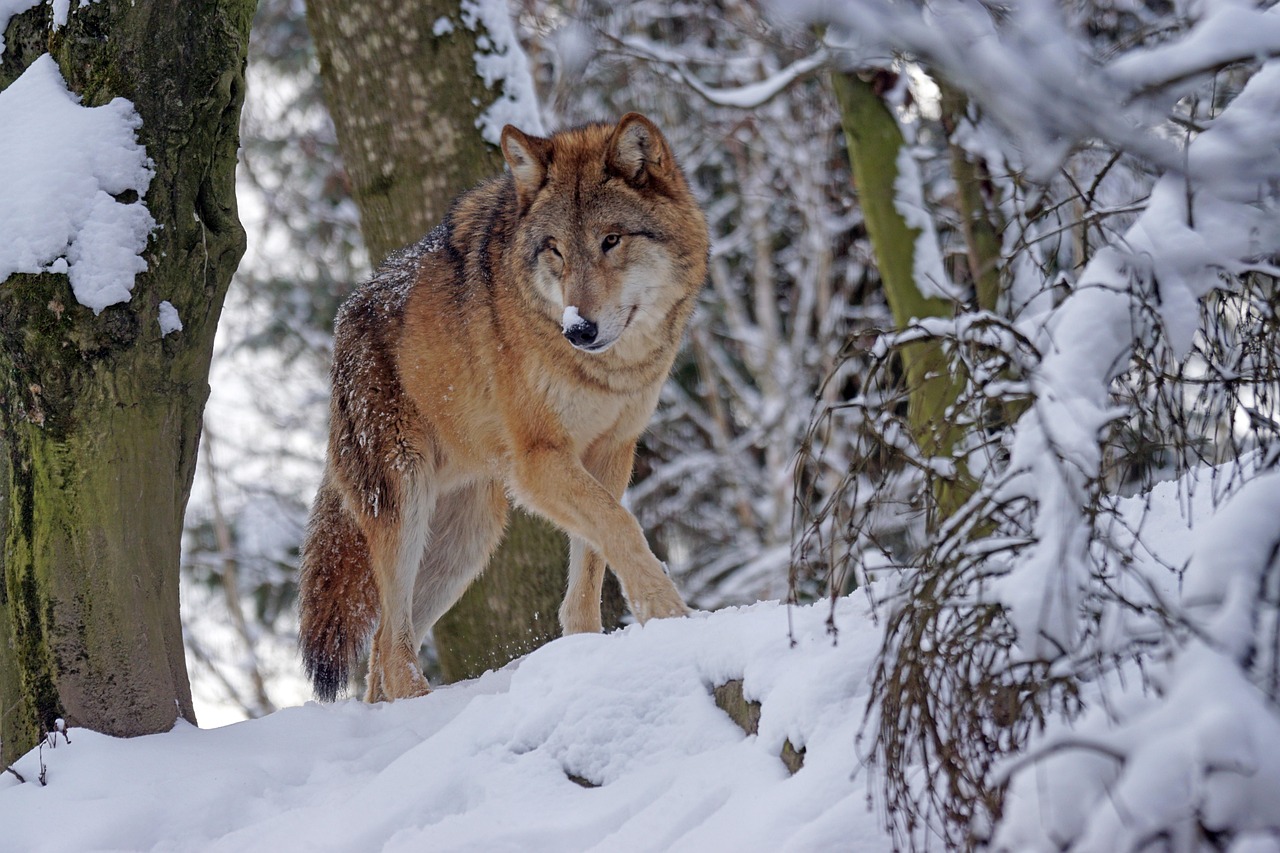
Scientists called this beneficial effect the “trophic cascade,” as wolves initiated a more natural ecosystem balance. A trophic cascade describes the indirect control that a top predator exerts on species at lower, nonadjacent trophic levels. In a trophic cascade, ecological processes and consequences initiated by a change at the top of the food chain work their way down to lower trophic levels and eventually rebalance the ecological relationships of numerous species.
The removal of wolves in the early 20th century disrupted food webs and set off something called a “trophic cascade,” in which the wolves’ natural prey multiplied, consuming increasing amounts of foliage. The phenomenon occurred again in reverse when the wolves were reintroduced and the natural balance was restored. It’s like watching a perfectly choreographed dance where every movement affects the next.
The Dance of Predator and Prey: Finding Natural Balance
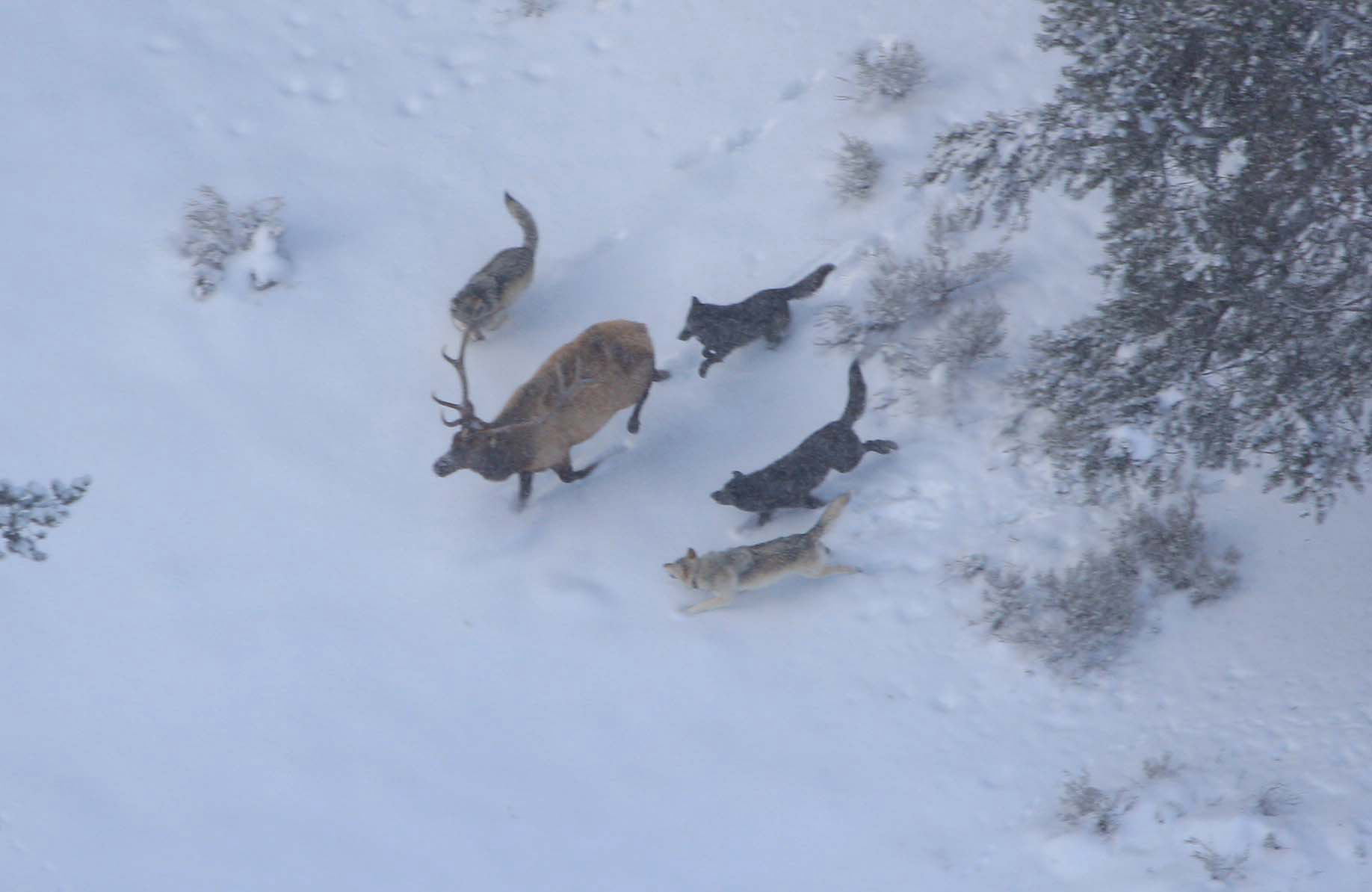
In a healthy ecosystem, predator and prey populations exist in a harmonic balance, oscillating above and below the carrying capacity for their species. What researchers observe is an evolutionary arms race between elk and wolf. The myth of wolves wiping out prey hasn’t happened, as a predator-prey balance continually reasserts itself.
Wolves are having a harder time because there are both fewer elk in Yellowstone National Park and the herd has fewer individuals with problems – the old, sick, or injured. As the prey base gets smaller, so do predator numbers. This natural regulation system has operated for millennia, creating stability through constant adjustment.
The Behavioral Changes: How Fear Shapes Landscapes
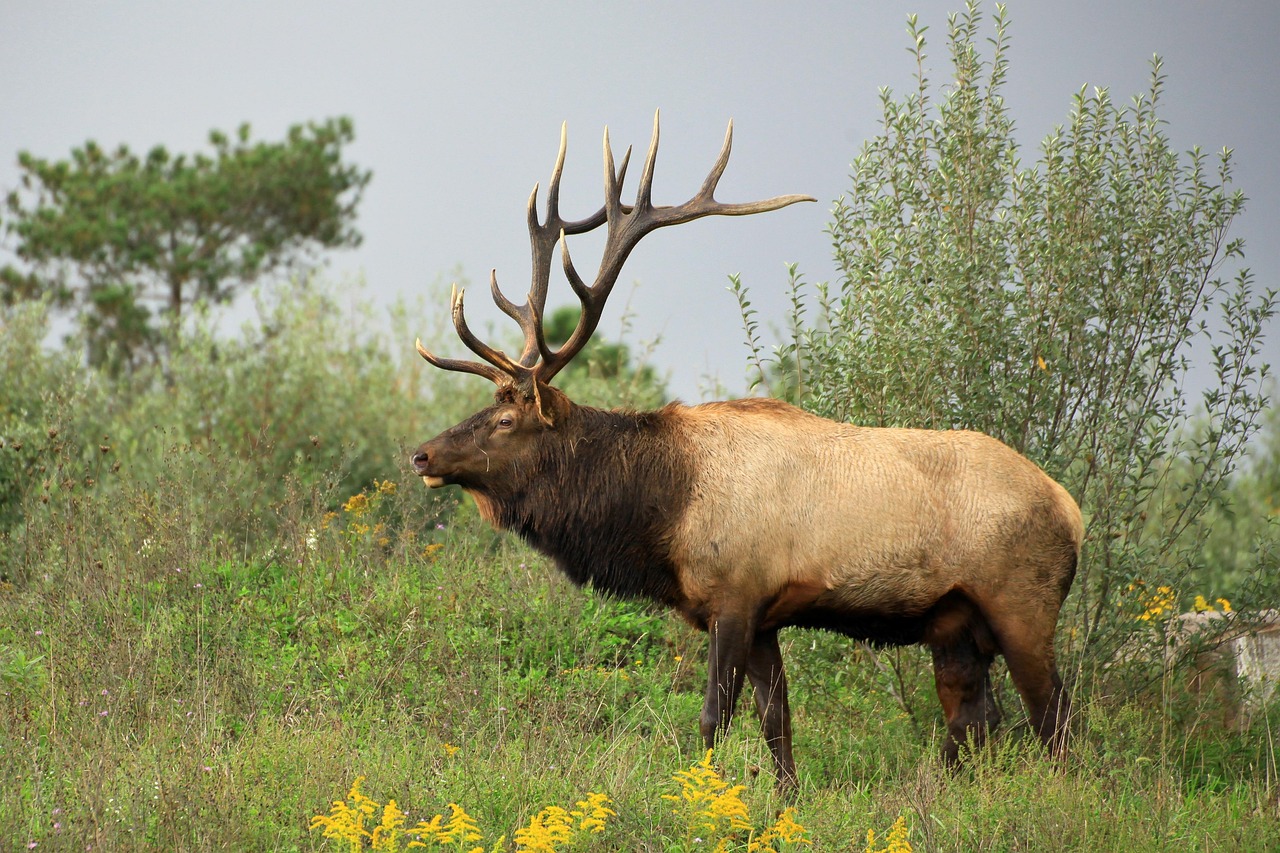
When wolves were brought back to the park, they not only killed elk but also changed their prey’s behavior patterns. The herbivores started to avoid areas like valleys and gorges where they could be easily hunted by predators. It’s remarkable how the mere presence of predators can reshape an entire landscape without directly touching every tree or stream.
When wolves were reintroduced, elk herds could no longer sit in one place and eat everything nearby. They were forced to keep moving in response to wolf predation. Since elk cannot remain stationary for too long, aspens and willows in one area are not heavily grazed, and can therefore fully recover between migrations.
The Coyote Connection: When Mid-Level Predators Lose Control
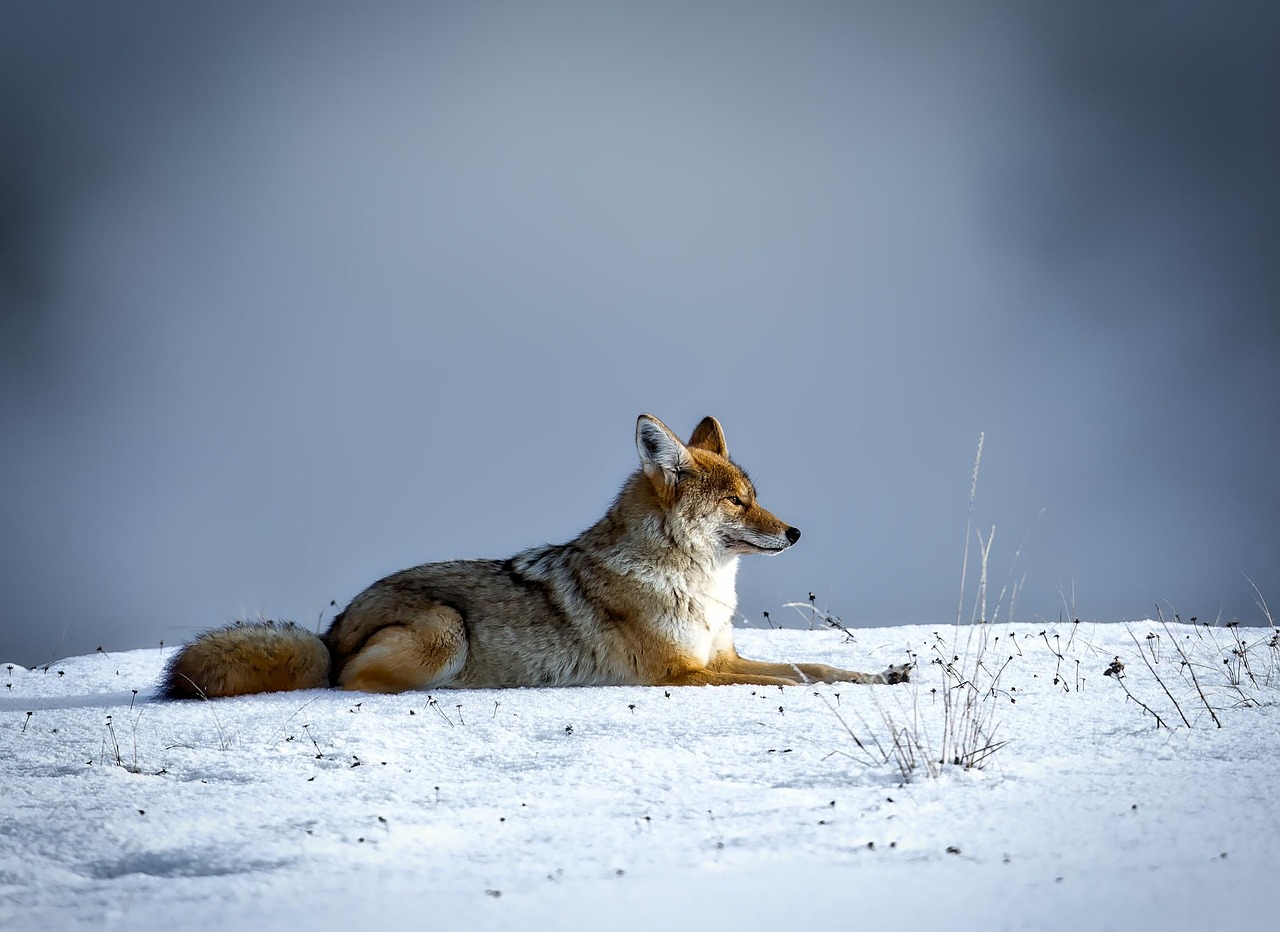
The reintroduction of wolves to Yellowstone National Park resulted in a 50 to 90 percent decline in coyote density throughout the park and reduced the size of coyote packs. Coyote populations were nearly out of control in Yellowstone before the wolves returned. Now, coyotes have been out-competed and essentially reduced by nearly 80% in areas occupied by wolves.
A wide diversity of smaller mesocarnivores such as weasels, marten, badgers, fishers, wolverines, red fox, lynx, bobcat, and otters increased in population size as the competition and predation risk from coyotes declined. This demonstrates how one change at the top creates opportunities throughout the food web.
The Beaver Recovery: Engineering Ecosystem Change
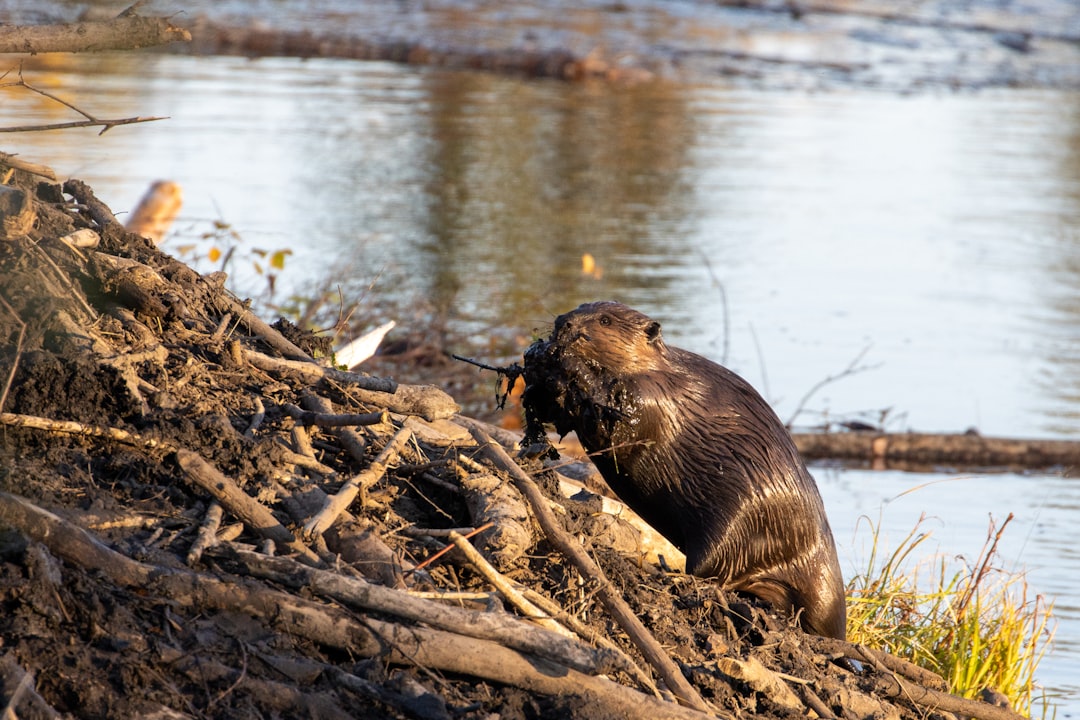
Before 1995, only a single beaver colony remained in Yellowstone. Fast forward to 2023, and that number has grown to nine – and continues to rise. When wolves were reintroduced to Yellowstone National Park, they reduced the elk population, which then allowed vegetation to flourish, and significantly helped the beaver population grow by improving their habitat.
Predatory pressure from wolves keeps elk on the move and willows avoid intense browsing. Comparing records from the 1990s, willow heights went from less than 52 cm to greater than 200 cm in 2017. Canopy cover over streams, essentially absent in 1995, had increased to 43% and 93% along different forks of the creek. Beavers need these tall willows for winter survival and dam construction.
The Songbird Renaissance: When Trees Return, Music Follows
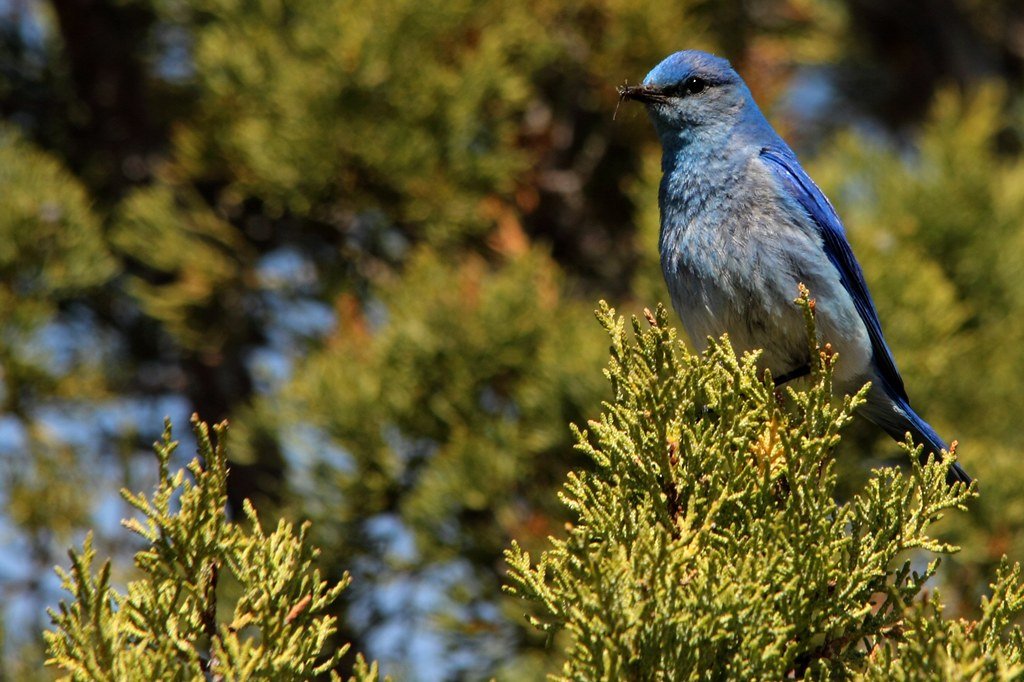
This meant that songbirds could come back in droves to nest in the new habitat. Riparian songbird abundance and diversity approximately doubles in areas where wolves exist. Riparian songbird species including the American redstart, Tennessee warbler, orange-crowned warbler, and least flycatcher are not detected in areas with low wolf density.
The restored willow habitat also attracted songbirds back to the streams. The songbirds are returning, and bigger trees along rivers means greater root structures, which means stronger riverbanks and less erosion. The return of these aerial musicians signals the health of the entire ecosystem.
The River’s New Course: How Predators Reshape Geography
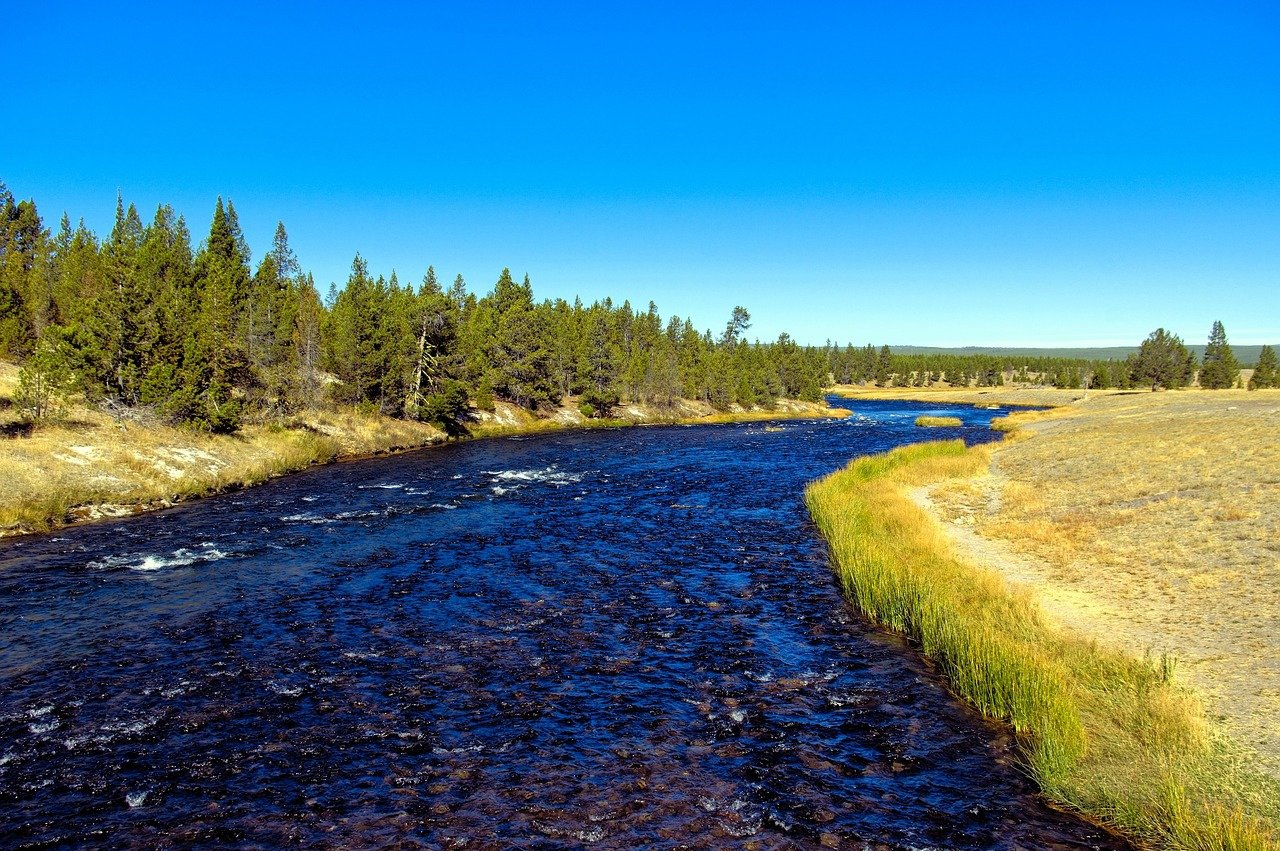
Plant life once again thrived along riverbanks and erosion decreased significantly. The stabilization of the riverbanks actually made the rivers and streams change course. Riverbanks were stronger as they held more vegetation, preventing bank erosion and creating more shaded areas, which provided cooler water for fish.
Trees shade the rivers, making the water colder. Colder water can hold more oxygen, which provided a boost to fish populations. With more beaver colonies came the creation of new dams and ponds, which have had multiple positive effects on the rivers. Beaver dams even out seasonal runoffs, store water, and offer cooler, shaded waters for fish.
The Scavenger’s Feast: How Death Feeds Life
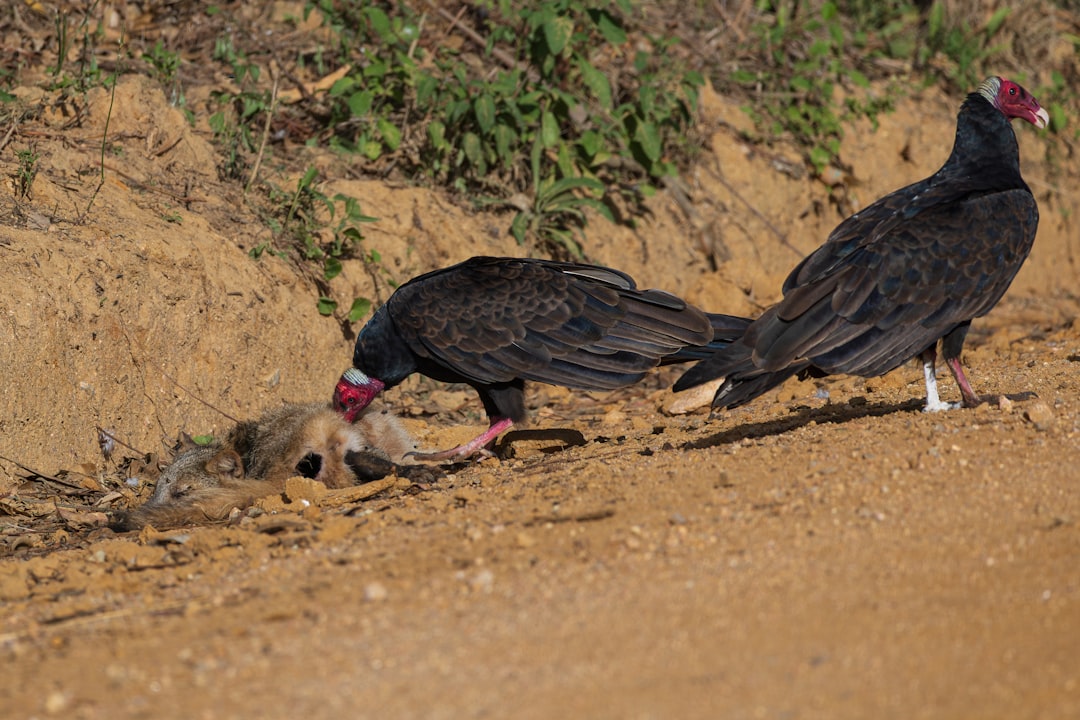
At least 12 species of scavengers have been observed utilizing wolf kills for a source of food. Wolf reintroduction in Yellowstone National Park has increased the quantity and timing of carrion available to scavengers. Grizzly bears successfully steal wolf kills more often than not and thus have more food to feed their cubs. The grizzly bears also benefit from vegetation regrowth and, as top predators, help reinforce the effect of wolves on prey species.
With fewer coyotes hunting small rodents, raptors like eagles, hawks, and ospreys have more prey and are making a comeback. It’s fascinating how the presence of one predator creates dining opportunities for others throughout the food web.
The Complexity Challenge: When Science Meets Reality
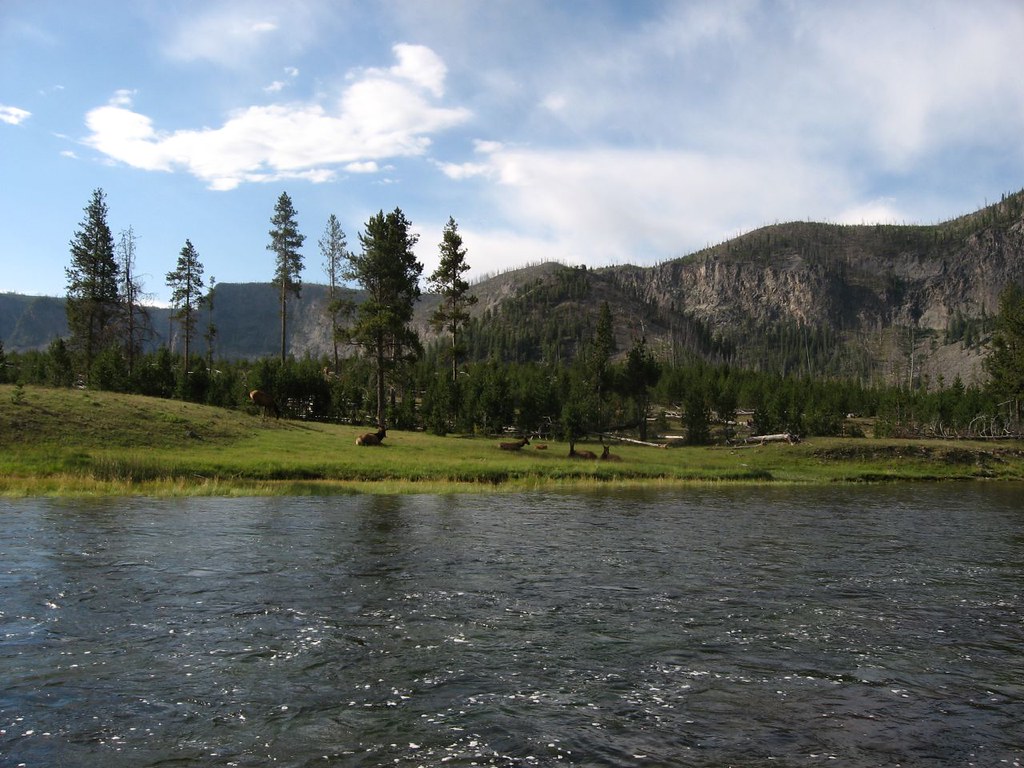
A 20-year study challenges the commonly held belief that the reintroduction of wolves to Yellowstone National Park restored an ecosystem degraded by their absence. What researchers are finding is that ecosystems are incredibly complex. In addition to wolves changing the feeding habits of elk, the rebound of the beaver in Yellowstone may also have been affected by the 1988 Yellowstone fires, the ongoing drought, warmer and drier winters and other factors yet to be discovered.
Wolf population expansion occurred at a time when the Yellowstone region was entering a prolonged drought that also reduced forage available to elk. Climate change has lengthened the growing season for willows and aspen by around 27 days in the last couple of decades. Nature rarely provides simple answers to complex questions.
What the animals of Yellowstone teach us is that balance isn’t a destination – it’s an ongoing process of adjustment and readjustment. The wolf’s return didn’t instantly fix everything, but it set in motion a chain of changes that continue to ripple through the ecosystem today. Every species, from the mightiest predator to the tiniest songbird, plays an irreplaceable role in this intricate web of life. What do you think about this remarkable demonstration of nature’s interconnectedness? Tell us in the comments.

